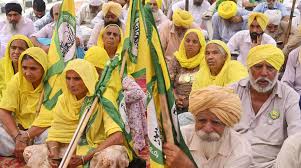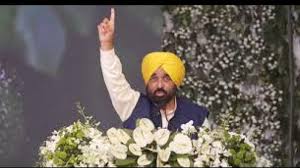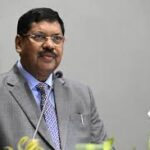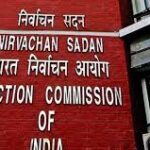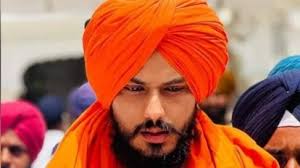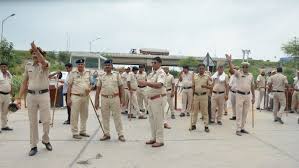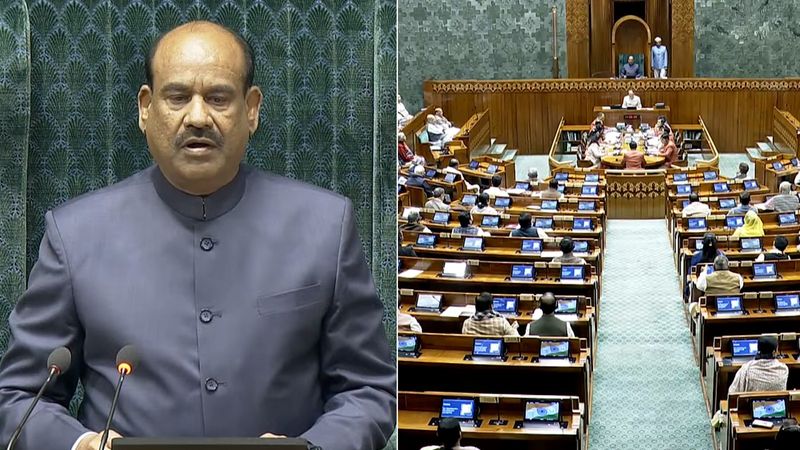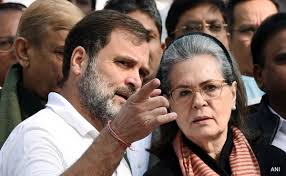Listen To This Post
HARISH MANAV
Chandigarh: Amid much fanfare at the Haryana Pradesh Congress Committee (HPCC) headquarters in Chandigarh, newly appointed state president Rao Narendra Singh formally took charge on Monday, marking a significant shift in the Congress’s political calculus in caste-driven Haryana.
By replacing Dalit leader Udai Bhan with Rao, an influential OBC (Yadav) face, the Congress has ended nearly two decades of uninterrupted Dalit representation at the top of its state unit. Since 2007, when Phool Chand Mullana first took over, the party had consistently relied on Dalit leaders to balance its dominant Jat vote base.
The change reflects not just a routine reshuffle but a deliberate reorientation of the party’s caste strategy in the run-up to the 2029 Assembly elections. The Congress is now banking on a Jat–OBC combination, retaining Bhupinder Singh Hooda as Leader of the Opposition while entrusting Rao Narendra Singh with the state organisation. This recalibration mirrors the BJP’s recent playbook, where OBC leader Nayab Singh Saini was projected as the chief ministerial face ahead of the October 2024 polls.
Dalits Lose Political Space
The reshuffle also underscores the diminishing space for Dalit leadership in Haryana politics. Despite forming nearly 22% of the state’s electorate and commanding 17 of the 90 reserved Assembly seats, Dalit leaders today play second fiddle across parties. In Congress, veterans like Kumari Selja, Ashok Tanwar and Udai Bhan have seen their influence wane; in the BJP, leaders like Krishan Bedi and Banwari Lal remain confined to ministerial roles without organisational command. The INLD has also failed to project Dalit stalwarts, such as Prakash Bharti, to top leadership.
Once a formidable force, the Bahujan Samaj Party — which in the early 2000s boasted an MP and a handful of MLAs — has been virtually wiped out from the state, leaving no central platform for Dalits to consolidate their political strength. Even the BJP, which once had a Dalit state president, has since moved away from that experiment.
Rise of OBC-Centric Politics
The shift towards OBC leadership is rooted in changing political equations. Since 2014, the BJP has successfully consolidated non-Jat voters — especially OBCs, urban voters and Punjabis — under its fold. The elevation of Manohar Lal Khattar as Haryana’s first non-Jat chief minister in 18 years dramatically altered the power balance, eroding the traditional Jat hegemony.
By choosing Rao Narendra Singh, Congress is attempting to tap into the same 30% OBC vote bank that has helped the BJP secure consecutive victories. Party insiders believe the combination of Hooda’s strong Jat base with Rao’s OBC outreach could create a winning coalition, especially as family-driven outfits like the INLD and JJP continue to rely solely on Jat leadership.
The immediate challenge for Rao will be to energise the Congress cadre and bridge internal divides, even as the BJP and its allies gear up to defend their turf. His appointment was greeted with enthusiastic sloganeering and floral showers at the Chandigarh headquarters, but translating this symbolic takeover into electoral gains will require uniting diverse caste blocks under a coherent campaign.
In Haryana’s ever-fluid political landscape, where caste arithmetic often trumps ideology, Rao Narendra Singh’s elevation marks not just a personal milestone but also a clear signal of the Congress’s evolving strategy. The collateral damage, however, is evident: Dalit politics, once central to the state’s power equations, has now been pushed firmly to the margins.







